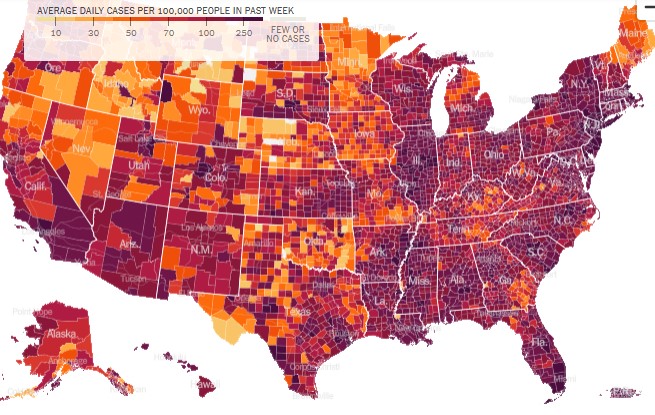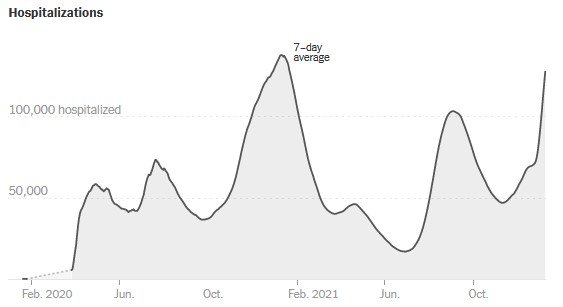aja8888
Moderator Emeritus
QE is a double whammy: When they stop buying, rates go up and when they sell everything they bought, rates go up more. That will cause rates to be inflated until they sell everything, just like they were deflated when they bought it. I guess they could hold it all to maturity and let the treasury deal with the fallout.
They have already started tapering by buying less MBS's. With MBS's they can just let those mortgages "roll off" after the mortgages are paid off and that's what they typically do, but they have a huge load of them on the balance sheet so that will take a long while.
They are in a tight spot with inflation running amuck. If things get worse, inflation wise, watch for price controls on certain commodities like were implemented back after WWII and I believe in the early 1970's.
In any event, interest rates will go up on these balance sheet reduction and QE tapering measures unless the stock and bond markets crash so badly that the Pres/Congress goes nuts trying to protect their own personal portfolios! (then we may see the FED PUT!
Notice that globally, many countries central banks have already tapered and are raising interest rates significantly. Check Japan, Russia, Canada, etc.


